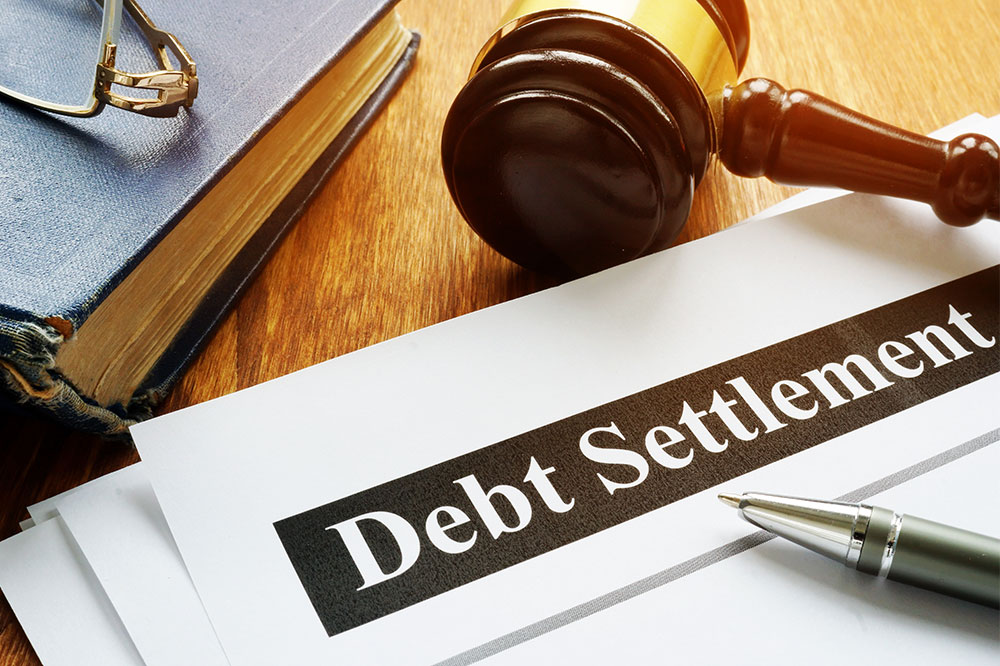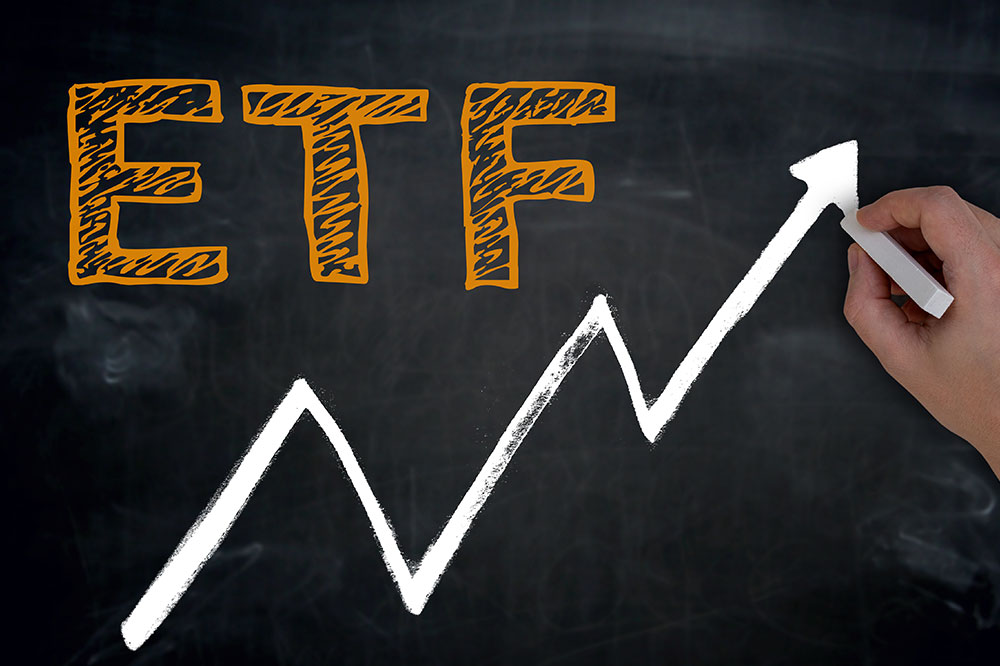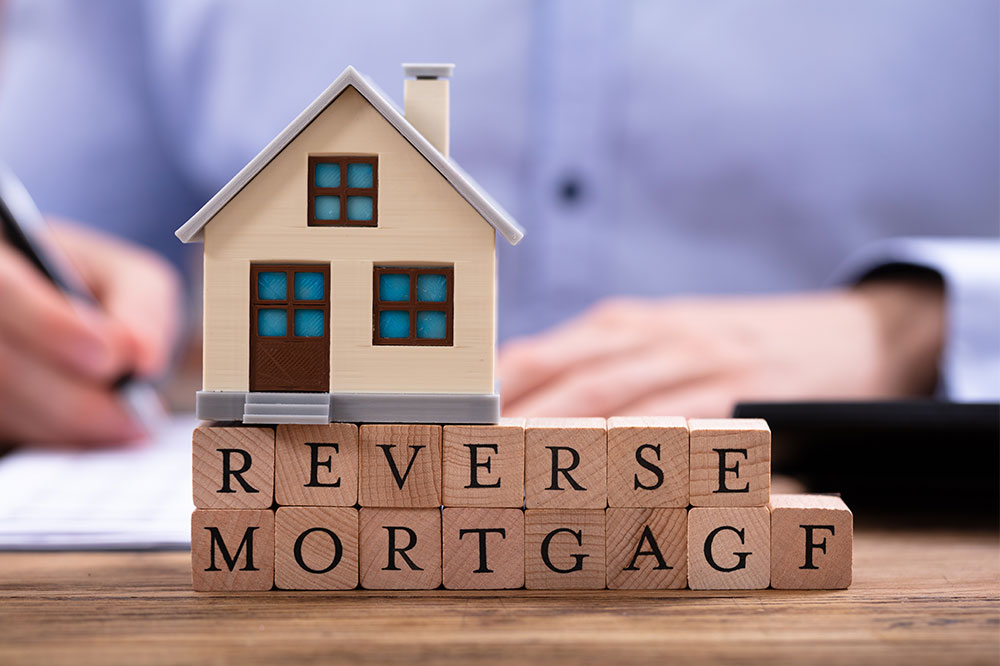
health
Top 5 benefits of fish oil supplements
Fish oil is one of the best sources of omega-3 fatty acids, which can be beneficial for the heart, skin, and various vital organs of the body. While it is best to get an adequate intake of fish oil directly from fish such as mackerel, tuna, herring, trout, and sardines, fish oil supplements are an excellent alternative. So, if one is considering boosting their omega-3 intake, here are the key benefits of fish oil supplements: 1. Boosts heart health Fish oil helps support a healthy heart by helping lower cholesterol, maintain blood pressure, and prevent plaque formation that hardens arteries. According to the American Heart Association, the omega-3 fatty acids in fish oil may help prevent stroke and other cardiovascular illnesses. Additionally, fish oil has anti-inflammatory properties that help in stabilizing atherosclerotic lesions. Research also suggests that those who take fish oil supplements for more than a month may see improvement in heart health. 2. Helps reduce inflammation Due to their anti-inflammatory properties, omega-3 fatty acids can help reduce chronic inflammation that can lead to health conditions like heart disease or diabetes. While the role of omega-3 fatty acids isn’t fully understood in managing conditions like inflammatory bowel disease, they are known to reduce joint pain and stiffness associated with arthritis.













